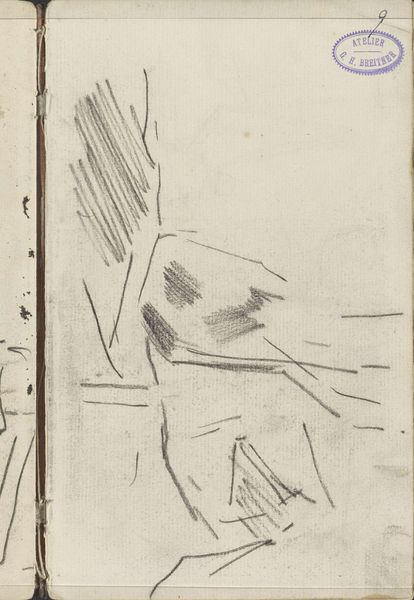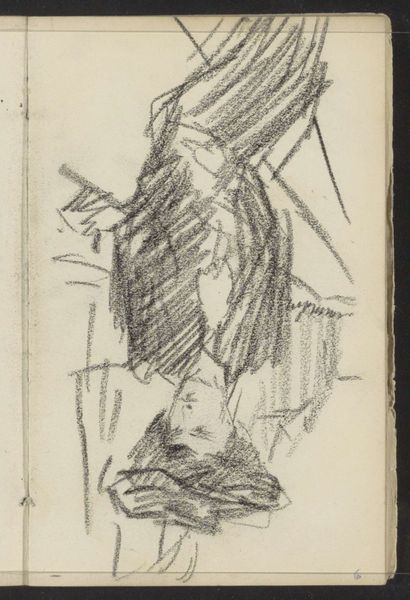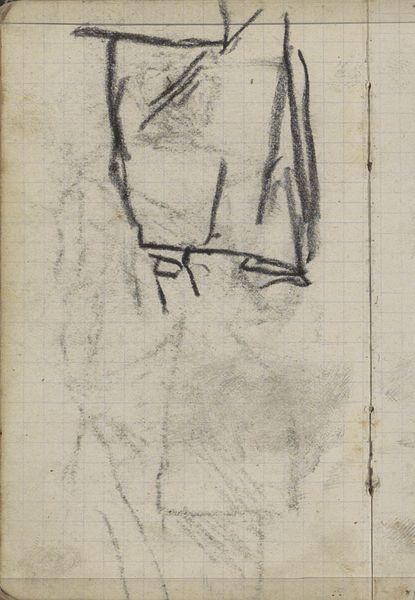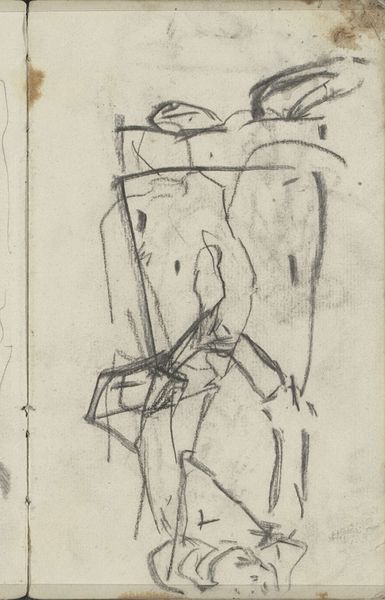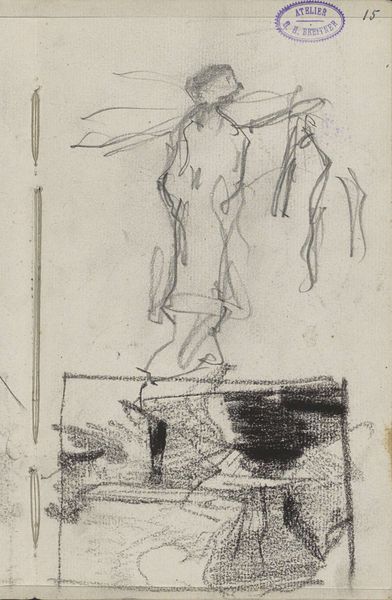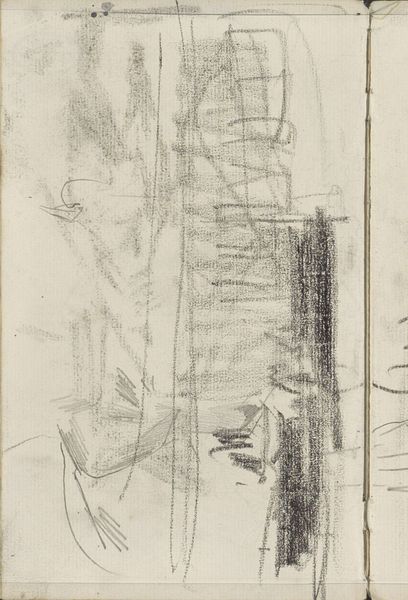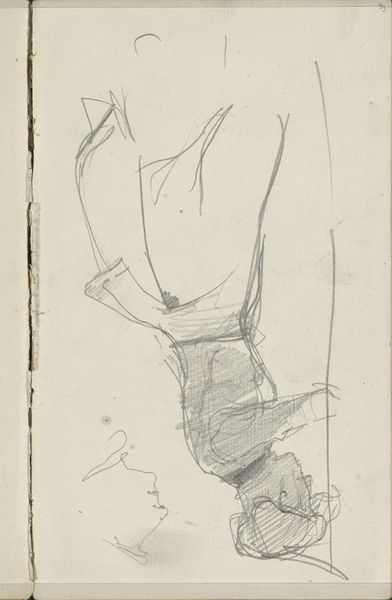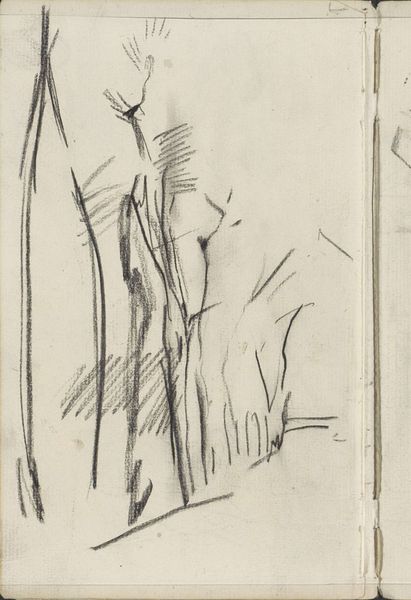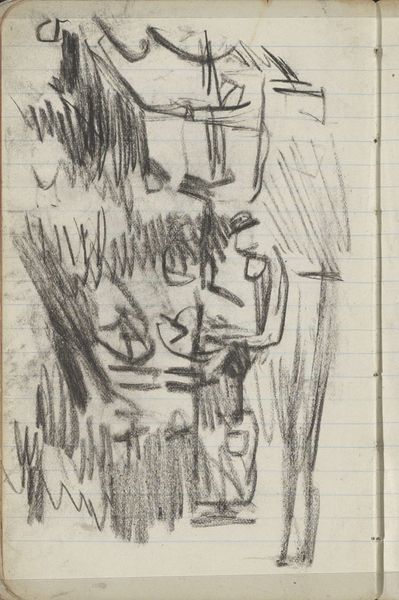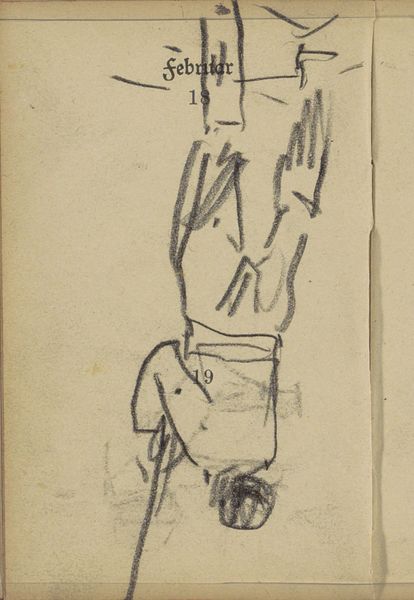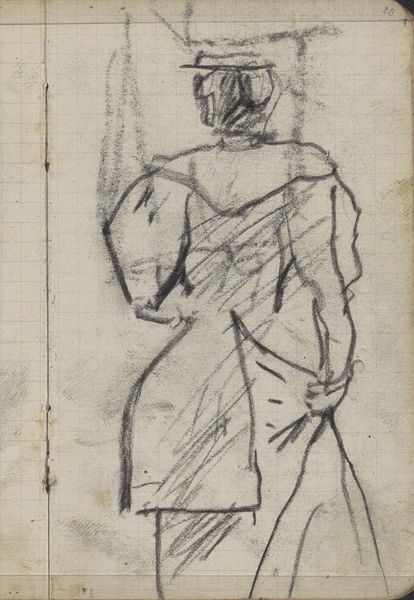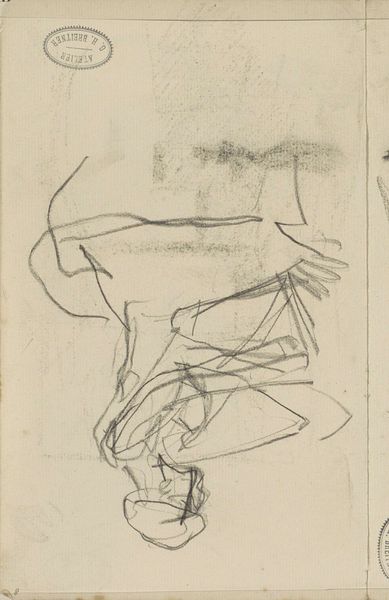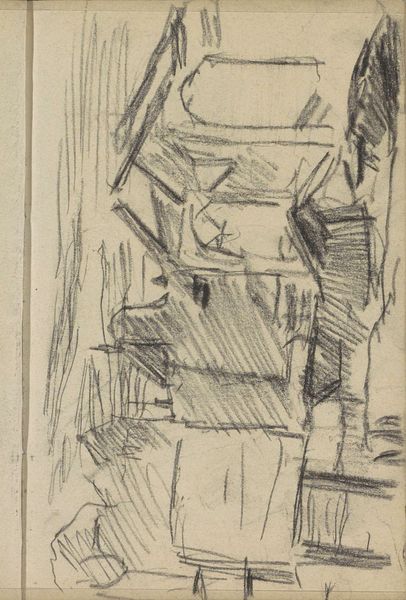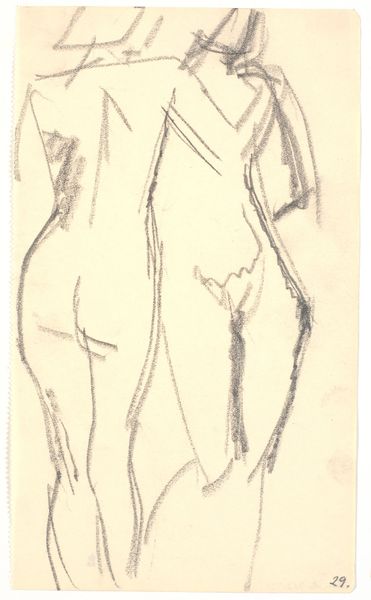
drawing, graphite
#
portrait
#
drawing
#
impressionism
#
pen sketch
#
landscape
#
figuration
#
personal sketchbook
#
idea generation sketch
#
sketchwork
#
ink drawing experimentation
#
pen-ink sketch
#
horse
#
graphite
#
sketchbook drawing
#
storyboard and sketchbook work
#
sketchbook art
#
initial sketch
Copyright: Rijks Museum: Open Domain
Editor: So, here we have "Studieblad met paarden en figuren"—"Study Sheet with Horses and Figures"—from 1883 by George Hendrik Breitner. It's currently held at the Rijksmuseum. Looking at this graphite drawing, it feels incredibly immediate and raw, like a glimpse into the artist’s mind. What leaps out at you when you see it? Curator: It’s interesting you say "raw". To me, Breitner's sketches always feel like whispers caught on paper, not fully formed thoughts but more like... inklings. The composition is so dynamic. The way he uses the graphite – almost like shorthand, a visual code only he could fully decipher. Do you get the sense of movement? Editor: Absolutely. It's not static. I'm intrigued by how loosely defined everything is, it leaves so much to the imagination, but I also wonder if that was common for sketches. Curator: Precisely. Remember, in the 19th century, with the rise of Impressionism, artists were becoming increasingly interested in capturing fleeting moments, impressions, rather than photographic realism. A sketch like this might be preparation for a larger piece, or simply a way for Breitner to explore an idea, test a composition. See how the horses aren't really 'horses' yet, just suggestions of equine forms? The same with the figures! Editor: It's like he’s playing with possibilities, trying them on for size. Curator: Exactly! Think of it as him riffing, improvising on a theme. The graphite becomes almost musical. Each stroke informs the next, layering up this rich, suggestive surface. It makes you want to pick up a pencil, doesn’t it? To try and catch a glimpse of your own fleeting thoughts. Editor: Definitely does. I see now, it's more about the process of seeing, feeling, and then translating that onto paper in a very direct way. Not so much about the finished product, but about that initial spark. Curator: Yes. And isn’t there something incredibly beautiful, almost vulnerable, in that? To see the artist grappling with the world, openly, on the page. Like glimpsing a half-remembered dream.
Comments
No comments
Be the first to comment and join the conversation on the ultimate creative platform.
